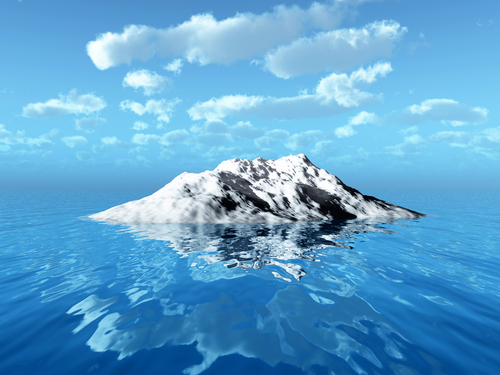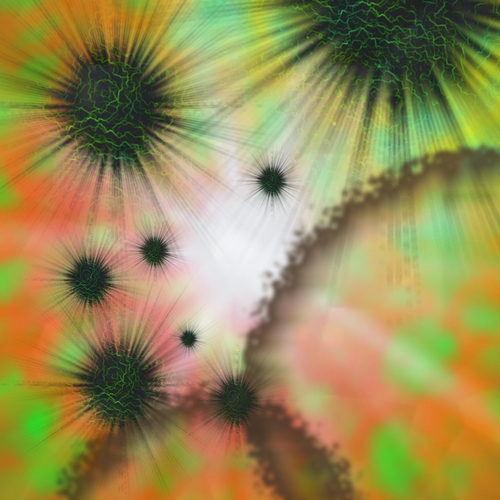|
The Cosmic Conspiracy |
||
|
..
Ancient Antarctic Microbes Revived
in Lab
Microbes locked in Antarctic ice have been "resuscitated" in a laboratory as researchers melted five samples of ice from the debris-covered glaciers of Antarctica which range in age from 100,000 years to eight million years. Comparing modern and ancient bacteria could throw new light on how they have evolved and how to search other worlds for signs of life. Ancient_bacteria The researchers took five samples that were between 100,000 and eight million years old and were able to extract DNA and microbes from them. More organisms were found in the young samples than in the old. Given nutrients and warmth, the ice melted and the microbes resumed their activity - although younger microorganisms grew more successfully than the older ones. The cultures grown from organisms in the 100,000-year-old ice doubled in size every seven days on average. By contrast, microbes from the eight million-year-old ice grew much more slowly, doubling every 30-70 days. The DNA microorganisms in this old ice had been severely damaged by long exposure to cosmic radiation. This radiation is stronger at the poles, where the Earth's protective magnetic field is weakest.
The team believes that because DNA in the old ice samples
had degraded so much in response to exposure to cosmic radiation, life
on Earth is unlikely to have hitched a ride on a comet or on debris from
outside the Solar System - as some scientists have suggested. "Given the
extremely high cosmic radiation flux in space, our results suggest it is
highly unlikely that life on Earth could have been seeded by genetic material
external to this Solar System," they concluded in their paper.
The findings raise the possibility that ancient microbes, long frozen in ice, will return to life as climate change causes the glaciers to melt, flushing their genetic material into the oceans. Experts say, however, that this process has been going on for billions of years, and is unlikely to cause human disease. Kay Bidle of Rutgers University, and her colleagues extracted bacteria from ice found between three and five meters beneath the surface of a glacier in the Beacon and Mullins valleys of Antarctica. "The ice sheets are continually undergoing accumulation, so they are flowing outward and the ice is lost through sublimation or calving into the ocean," explained co-author David Marchant of Boston University, US. "What you have to do to get very old ice is go to secluded, very cold areas, where small alpine glaciers are covered by debris." Dr Marchant said temperatures in the Beacon and Mullins valleys were so cold that any liquid melting on the surface only penetrated about 5cm into the ice. Samples were retrieved from below this depth in all cases. The combination of slow-moving glaciers with a debris covering that prevents ice from subliming - or evaporating - means that very ancient ice is preserved in these regions. The ice gets older as it flows away from the headwall, where the snow and ice of the glacier first accumulates. "The other thing that's interesting about this is the connection to Mars," Dr Marchant added. "There's near-surface ice on where the surface landform looks identical to what you'll see in Beacon Valley." All of which should prove quite interesting for NASA's Phoenix Mission, currently on a nine-month journey to the Red Planet. It will dig below the surface of Mars' northern plains to collect samples of soil and near-surface ice for analysis on existing microbial life. SOURCE: Daily Galaxy |
||
| FAIR USE NOTICE: This page contains copyrighted material the use of which has not been specifically authorized by the copyright owner. Pegasus Research Consortium distributes this material without profit to those who have expressed a prior interest in receiving the included information for research and educational purposes. We believe this constitutes a fair use of any such copyrighted material as provided for in 17 U.S.C § 107. If you wish to use copyrighted material from this site for purposes of your own that go beyond fair use, you must obtain permission from the copyright owner. | ||
|
|


